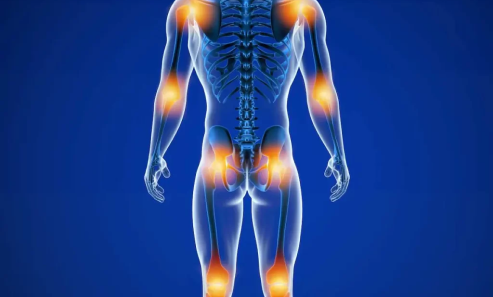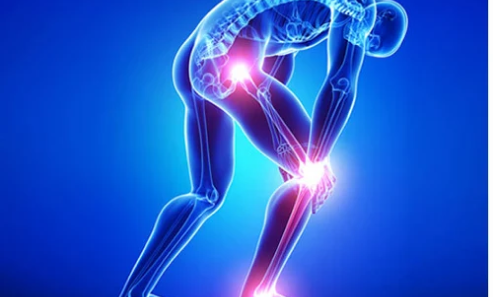




A slip disc occurs when the soft, gel-like centre of a spinal disc protrudes through a crack in the tough outer layer. This condition most commonly affects the lumbar (lower back) and cervical (neck) regions of the spine. The spinal discs act as cushions between the vertebrae, providing flexibility and shock absorption. When a disc herniates, it can put pressure on nearby nerves, resulting in pain, numbness, and other symptoms.
Slip disc can manifest in different areas of the spine, leading to distinct types of slip disc. The three main types are:

This type affects the neck region and can cause symptoms such as neck pain, radiating arm pain, weakness, and tingling sensations in the upper extremities.

Thoracic slip disc is relatively rare compared to other types. It occurs in the middle of the back and may cause pain in the chest, ribs, abdomen, or radiating pain along the trunk.

Lumbar slip disc is the most common type, affecting the lower back. Symptoms may include lower back pain, sciatica (pain radiating down the leg), muscle weakness, and numbness or tingling in the legs or feet.
Understanding the specific type of slip disc you have is crucial for determining the most appropriate treatment approach.
The symptoms of slip disc can vary based on the location and severity of the herniation. It's important to note that not all individuals with slip disc will experience symptoms. However, when symptoms do occur, they can range from mild discomfort to debilitating pain. Common symptoms include:
Several factors can increase the risk of developing slip discs. These include:
Age: As we age, the spinal discs lose water content and become less flexible, making them more prone to herniation.
Occupation and Lifestyle: Jobs that involve heavy lifting, repetitive motions, or prolonged sitting can increase the risk of slip disc. Additionally, a sedentary lifestyle, lack of exercise, and poor posture can contribute to its development.
Genetics: Some people may have an inherited predisposition to slip discs due to genetic factors that affect the structure and integrity of spinal discs.
Obesity: Excess weight can strain the spinal discs, increasing the risk of herniation.
Trauma: Acute injuries, such as falls, accidents, or sports-related trauma, can cause slip disc

Understanding these risk factors can help individuals take preventive measures and reduce their chances of developing slip disc.
Slip disc can be caused by a combination of factors. The most common causes include:
While slip disc may not always be preventable, certain lifestyle modifications and habits can reduce the risk. Consider the following preventive measures:

Practise proper posture while sitting, standing, and lifting objects. Use ergonomic furniture and equipment when possible.

Engage in exercises that strengthen the core muscles and support the spine, such as yoga, Pilates, and swimming.

When lifting heavy objects, bend at the knees, keep the back straight, and lift with the legs instead of the back.

Excess weight can strain the spine, increasing the risk of slip disc. Maintain a healthy diet and exercise regularly to manage weight.

Avoid prolonged sitting or standing in one position. Take breaks and stretch regularly to keep the spine mobile and flexible.

Smoking can contribute to degenerative changes in the spinal discs, making them more susceptible to herniation.
By incorporating these preventive measures into your lifestyle, you can reduce the risk of slip disc and promote spinal health.
The treatment approach for slip disc depends on various factors, including the severity of symptoms, the location of the herniation, and the individual's overall health. Treatments may include:

CritiCare Asia Hospitals offers a range of state-of-the-art procedures to effectively address slip disc and alleviate associated symptoms:

This minimally invasive procedure involves removing the herniated disc material using a specialised device, providing relief and promoting healing.

Utilising radiofrequency technology, nucleoplasty shrinks and decompresses the herniated disc, reducing pressure on the nerves and relieving symptoms.

Laser techniques can be employed to remove or shrink the herniated disc material, resulting in pain relief and improved functionality.

This surgical procedure involves the removal of the herniated disc through a small incision, providing long-term relief and restoring normal spine function.

In cases where the slip disc is severe or recurring, spinal fusion surgery may be recommended. It involves fusing adjacent vertebrae to stabilise the spine and alleviate symptoms.
Our dedicated team of surgeons and medical professionals will guide you through the available treatment options, ensuring you receive personalised care based on your unique condition and goals.